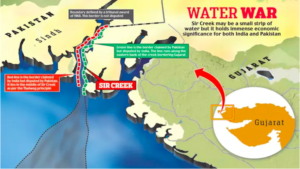The Panama Canal is more than just a waterway; it is a symbol of human ingenuity and a cornerstone of global trade. Its strategic importance, coupled with challenges like environmental concerns and emerging competition, makes it a vital topic for UPSC aspirants.
By understanding its history, operation, and implications, aspirants can approach related questions in geography, economics, and international relations with clarity and confidence.









